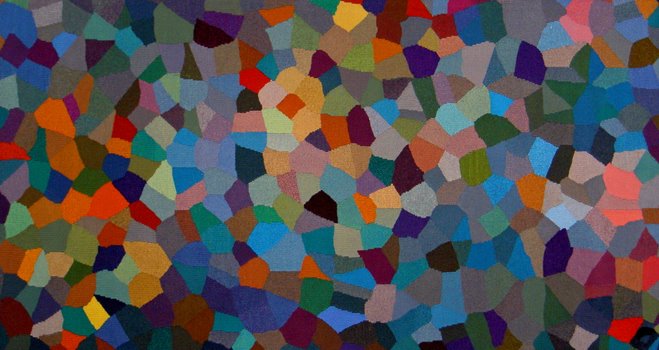I often sense frustration and impatience when people are first learning to weave, whether tapestry or fabric. This creates a lot of stress for them.
In the summer when I was in Arizona I had the privilege of hearing a wonderful Navajo weaver talk about her work. Her name is DY Begay. One of the things that really struck me when she described her own learning to weave in the Navajo tradition was that the learning was not verbal and with words, but with the learner watching then trying. It is very much what learning a material, physical skill requires, as I reflect upon my own learning journey. I remember for instance, learning how to dance. The teacher's instructors were clear enough, I understand what she was saying, and yet the body seemed to not absorb the information as quickly as the eye and mind can comprehend and therefore was not cooperating. A skill requires a different non cerebral kind of learning which is sometimes hard for westerners to comprehend. Just because the eye and mind can process a lot rapidly, doesn't mean the body does.
In terms of my own learning journey in weaving, that the choice was not only about the activity, but what the activity came to represent to me, i.e. the meaning it held for me. I came to understand that my being here as a weaver, that my choice to be a weaver for so much of my adult life, was and is more about a way of life, a philosophy of life, which I believe many indigenous people share.
I've attached a link to her web page below and perhaps this will lead others to new revelations and inspiration.
http://www.members.cox.net/dybegay/




